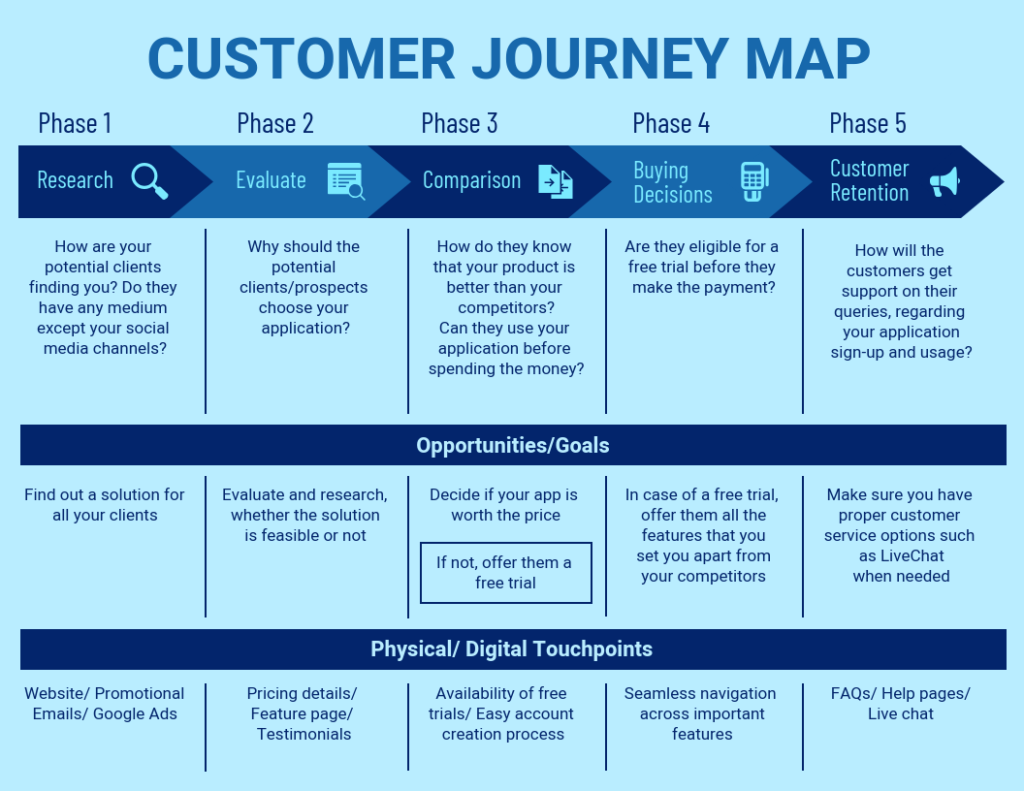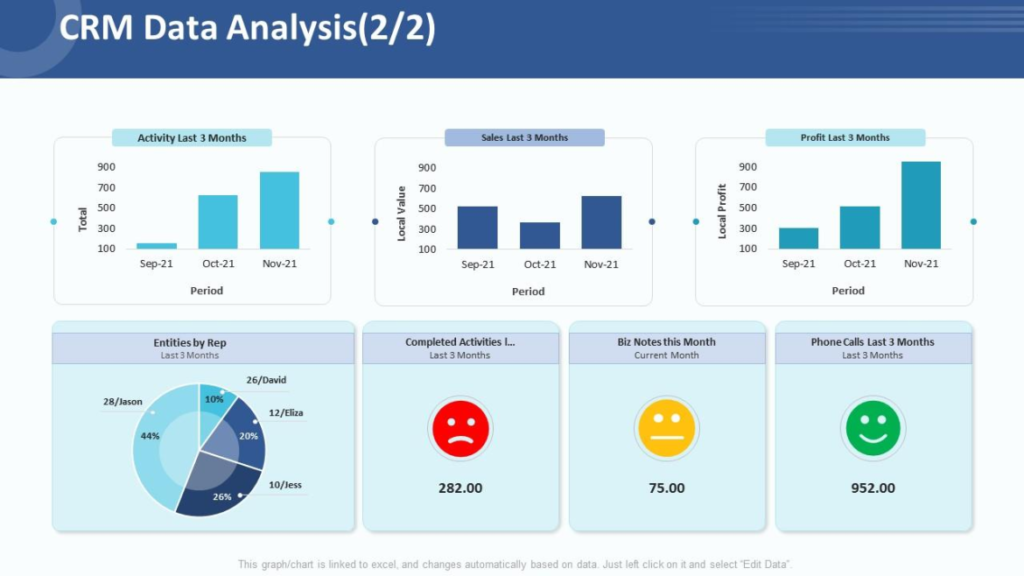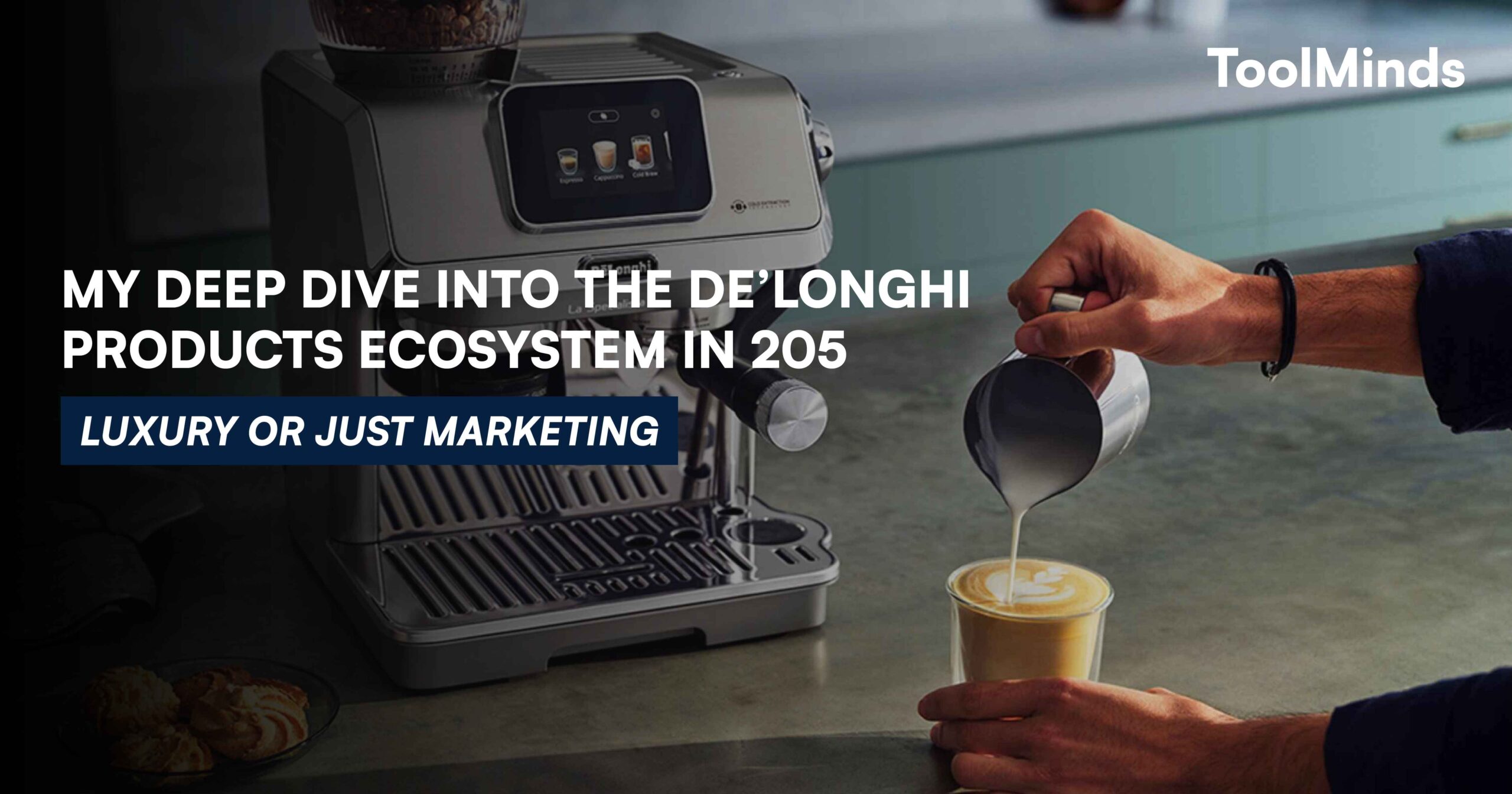We all want to find new customers, right? Bringing more people through the proverbial (or literal) door is a constant struggle. But business goals shouldn’t begin and end with acquisition. There’s a far more critical element to the customer journey.
You always want to retain your customers, building up a loyal crowd of dedicated and trusting shoppers who’ll return time and again. Why is this the case?
First off, it’s a whole lot cheaper to keep a customer than it is to bring on a new one. In fact, it’s five to seven times cheaper to sell to customers who have already purchased from you and are already familiar with your customer journey.
That means you won’t have to spend nearly as much marketing to people without awareness of your business. The end result is lower overhead costs and more profits.
But if customers buy from you and never return, your sales cycle becomes a constant struggle to replace those you’ve lost. Thankfully, there are tools you can use that’ll help you improve your customer experience and make retention a simple matter.
Chief among them is your CRM.
CRM software has become an essential part of every business. Using these powerful tools, businesses can maintain contact with leads and customers through email sequences, newsletters, and a strong sales playbook.
But how can you use your CRM solution to improve customer retention? Read on to find out.
1. Outline Your Customer Journey
The first step to retention is to ensure you have a clearly laid out customer journey. Much like any quest or road trip, you have a starting line and a destination with many smaller landmarks in between.
But before embarking on a trip like this, you’ll first have to map out where you’re going.
Your customer journey is no different. Your customers are all starting from a place of need and will continue through a series of touchpoints until they ultimately arrive at their purchase destination.

As a marketer, you need to understand the journey for new customers and those returning. The purchase isn’t the end of the journey. Once a purchase is made, your customer moves to another path wherein you must sell to them again.
This process can be worked out and tracked in your CRM. Using the customer data gathered by this customer feedback tool, you can identify the most common touchpoints for your existing customers, helping you carefully map out the retention process.
2. Personalize Your Marketing
People want personalization in their marketing. In other words, they want to feel like the marketing messaging they receive is meant for them, not some mass-produced form letter containing irrelevant information.
This becomes even more important when bringing back a customer who has already bought from you. There’s an established relationship, and one of the best ways to get a customer to come back is to show that your business appreciates them.

CRMs make the daunting task of personalizing every marketing interaction into a simple automated process.
For example, if you’re a travel agent, you can use a CRM to personalize vacation offerings for clients, noting their vacation habits and sending them offers specific to their wants and needs.
That’s because the CRM is a receptacle of customer data, with each lead, prospect, and existing customer having their own profile stuffed with information. The people you’ll have the most information on are existing customers.
With data on their preferences, you can personalize offerings based on past experiences regarding what marketing seemed to work best on them, what their pain points are, and personal information you can pull on to close the deal.
3. Reach Out On Time
When it comes to customer retention, timing is everything.
You’ll want to reach back out at a pre-determined time when the customer is primed for another purchase. If you reach out too soon, you risk turning the customer off by being too aggressive. If you reach out too late, they may have moved on to a more proactive competitor.
With a CRM, you can set up tasks for the future. So, when someone makes a purchase, and you’ve determined the opportune time for retention is three weeks later, you can set your CRM tool to create a follow-up task dated three weeks from the day of purchase.
4. Make Use of Data
Data is the key to modern marketing success. We now have so much information on our customers, and we can use that data to create better marketing experiences that appeal to the audience’s preferences.
In doing so, we create a perfect recipe for retention.

For example, an online doctor can use the data collected by their CRM tool to provide patients with relevant content, such as health tips or reminders for upcoming appointments. This can keep them engaged with your brand and improve their overall experience.
The problem arises from having all this data with no organization. CRM tools can help you organize and apply your data to various audience segments. This makes it easy to access and use to improve the customer journey, personalize outreach, and bring customers back for more.
5. Use Your CRM in Conjunction With Other Tools
Your CRM is one of the most powerful tools in your business arsenal. But it’s still just one tool. The other tools in your tech stack can synch up with a CRM to create a powerful retention platform that ensures the continued business of some of your most loyal customers.
For example, consider your email marketing platform. It can connect to your CRM to pull customer data that can then be used for email campaigns. For example, you can separate your customers into segments in your CRM.
The email platform can then send different campaigns to your various segments.
Since identifying information is also included in your CRM, the email system can personalize outreach by adding the customer’s name to the message.
The CRM can also connect to your project management system, helping predict sales outcomes and create the tasks needed to hit your retention goals.
Thinking outside the box a bit, your HR software can also help contribute to your retention rate. Ongoing retention is influenced by employee behavior. If your employees are inefficient or rude, it won’t matter how stellar your marketing is.
That’s why you should dedicate HR software resources to training your employees, specifically on selling value and retaining customers.
CRM training can also be included in this module. That’ll ensure your employees make the most of your CRM data instead of losing opportunities due to user error.
Conclusion
To succeed, you must focus on customer retention with as much enthusiasm as acquisition.
The ultimate goal is to create a loyal group of customers who’ll be with you for years to come while supplementing their numbers with new customers. If you’re simply replacing old customers with those you acquire, you’re not actually growing.
And if you’re not growing, you’re dying.
A CRM can be a powerful tool in your ongoing quest to improve the customer journey and keep your customers coming back for more. Understanding how these valuable systems work allows you to optimize your processes and create the perfect personalized retention plan.



